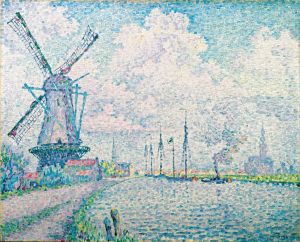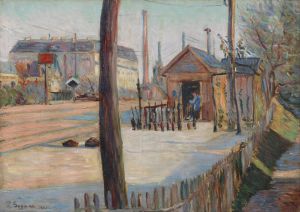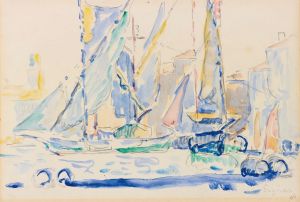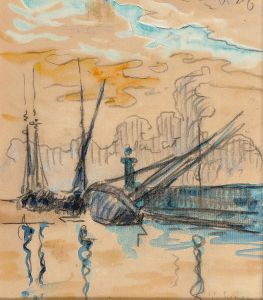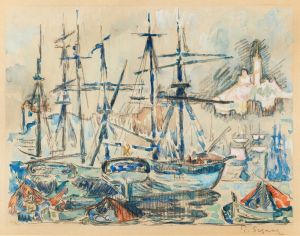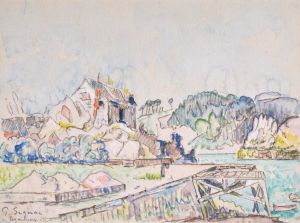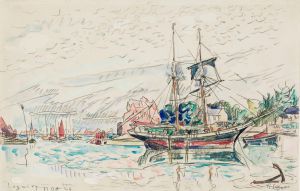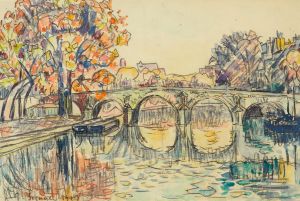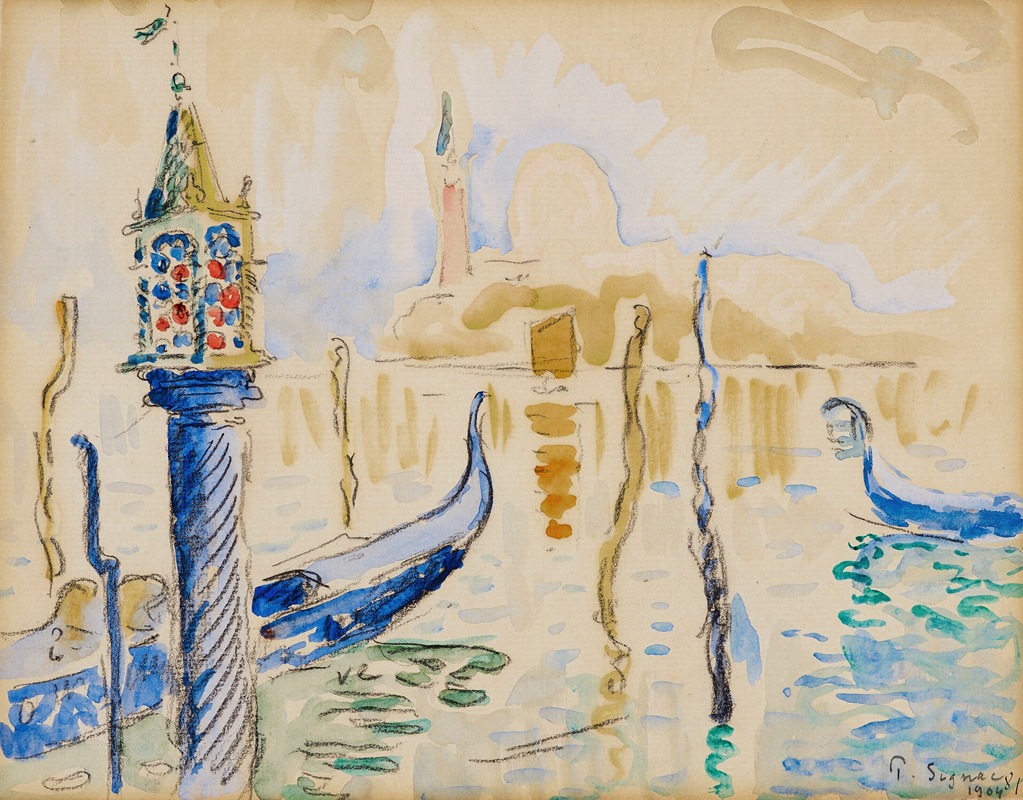
Venise, Fanal du Traghetto
A hand-painted replica of Paul Signac’s masterpiece Venise, Fanal du Traghetto, meticulously crafted by professional artists to capture the true essence of the original. Each piece is created with museum-quality canvas and rare mineral pigments, carefully painted by experienced artists with delicate brushstrokes and rich, layered colors to perfectly recreate the texture of the original artwork. Unlike machine-printed reproductions, this hand-painted version brings the painting to life, infused with the artist’s emotions and skill in every stroke. Whether for personal collection or home decoration, it instantly elevates the artistic atmosphere of any space.
Paul Signac's painting "Venise, Fanal du Traghetto" is a notable work by the French Neo-Impressionist artist, who was a leading figure in the development of the Pointillist technique alongside Georges Seurat. Signac was deeply influenced by the scientific approach to color and light, which was a hallmark of the Neo-Impressionist movement. This painting is a testament to his mastery of the technique and his fascination with the interplay of light and water.
"Venise, Fanal du Traghetto" was created during Signac's travels to Venice, a city that captivated many artists with its unique atmosphere and luminous environment. Venice, with its intricate network of canals and its historical architecture, provided an ideal setting for Signac to explore the effects of light and color. The painting captures the essence of Venice, focusing on the iconic elements of the cityscape, such as the waterways and the distinctive architecture.
Signac's use of the Pointillist technique is evident in "Venise, Fanal du Traghetto." This method involves applying small, distinct dots of color to the canvas, which blend in the viewer's eye to create a cohesive image. This technique allows for a vibrant and dynamic representation of light, capturing the shimmering reflections on the water and the atmospheric effects of the Venetian landscape. The painting exemplifies Signac's ability to convey the transient qualities of light and color, a central concern of the Neo-Impressionist movement.
The composition of "Venise, Fanal du Traghetto" is carefully structured to guide the viewer's eye through the scene. The use of color is both strategic and expressive, with a palette that includes a range of blues, greens, and warm tones that evoke the mood of Venice. Signac's attention to detail and his ability to capture the essence of a place are evident in the way he renders the architecture and the water, creating a sense of harmony and balance within the composition.
Signac's work in Venice was part of a broader trend among artists of the time to seek inspiration from different locales, and his paintings from this period reflect his interest in capturing the unique qualities of each place he visited. "Venise, Fanal du Traghetto" is a reflection of Signac's artistic philosophy, which emphasized the importance of color and light in creating a sense of place and atmosphere.
The painting is also significant in the context of Signac's broader body of work. As a prominent figure in the Neo-Impressionist movement, Signac's contributions to the development of modern art were substantial. His exploration of color theory and his innovative use of the Pointillist technique influenced a generation of artists and helped to shape the direction of modern art in the late 19th and early 20th centuries.
"Venise, Fanal du Traghetto" remains an important example of Signac's work and is celebrated for its technical skill and its evocative portrayal of Venice. The painting is a testament to Signac's ability to capture the beauty and complexity of the natural world through the lens of Neo-Impressionism, and it continues to be appreciated by art enthusiasts and scholars alike for its contribution to the understanding of light, color, and composition in art.





